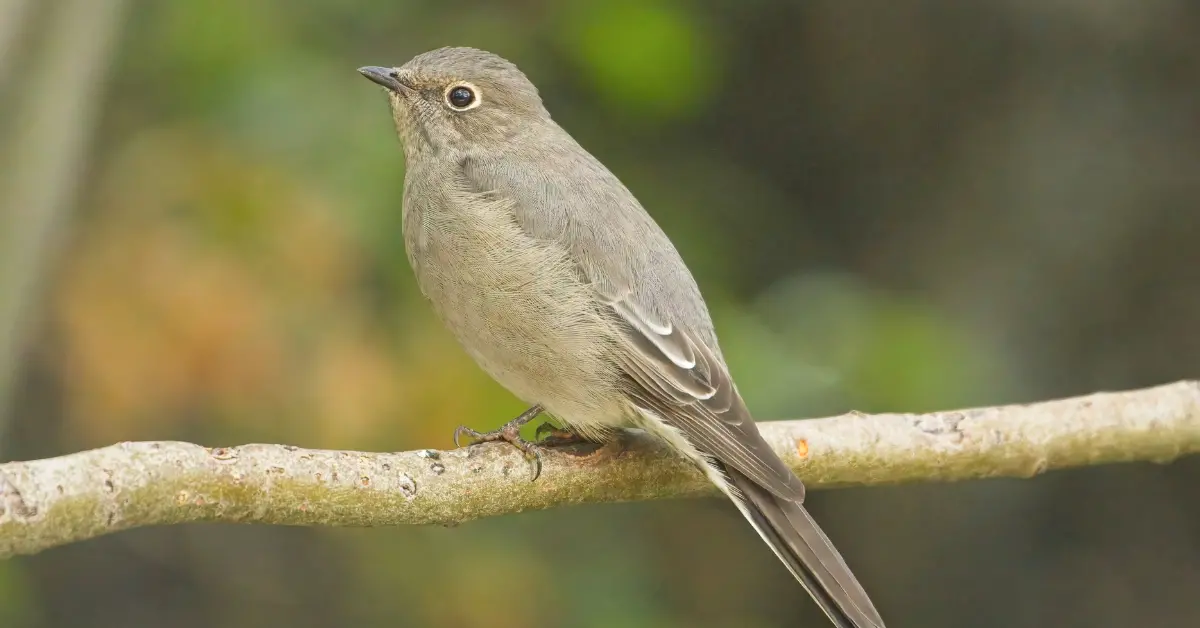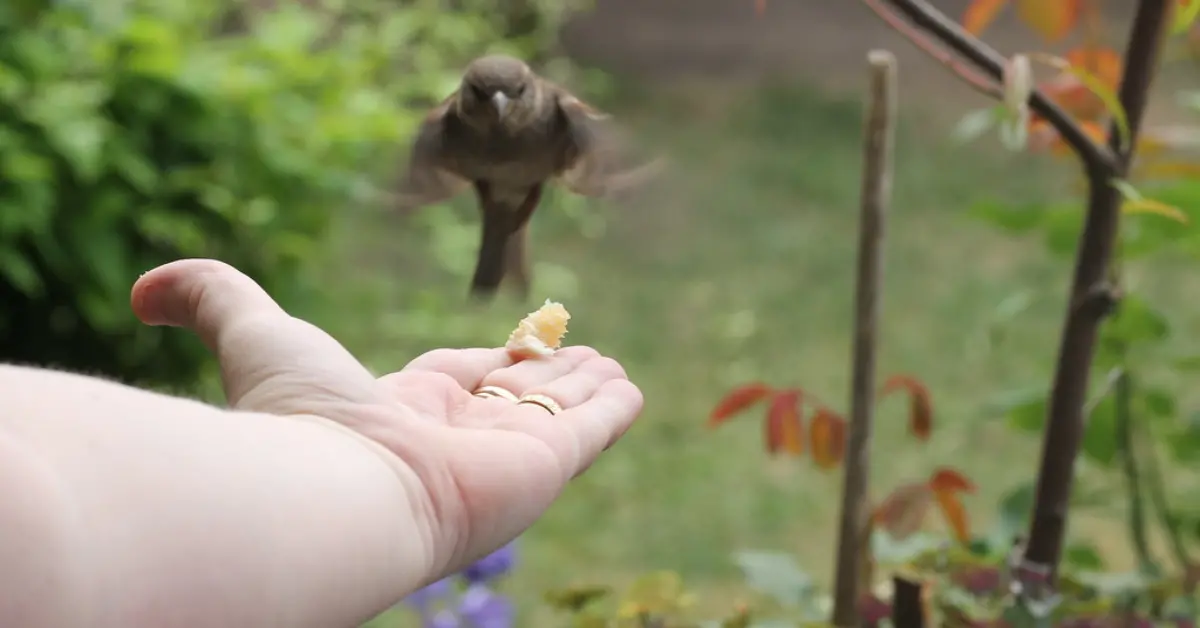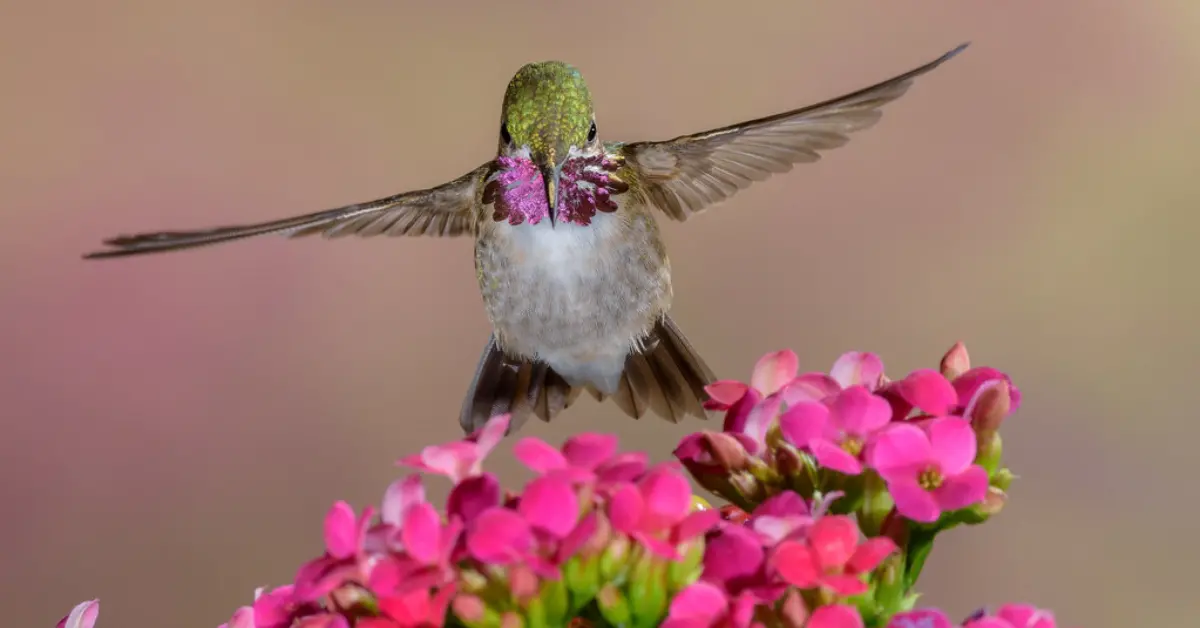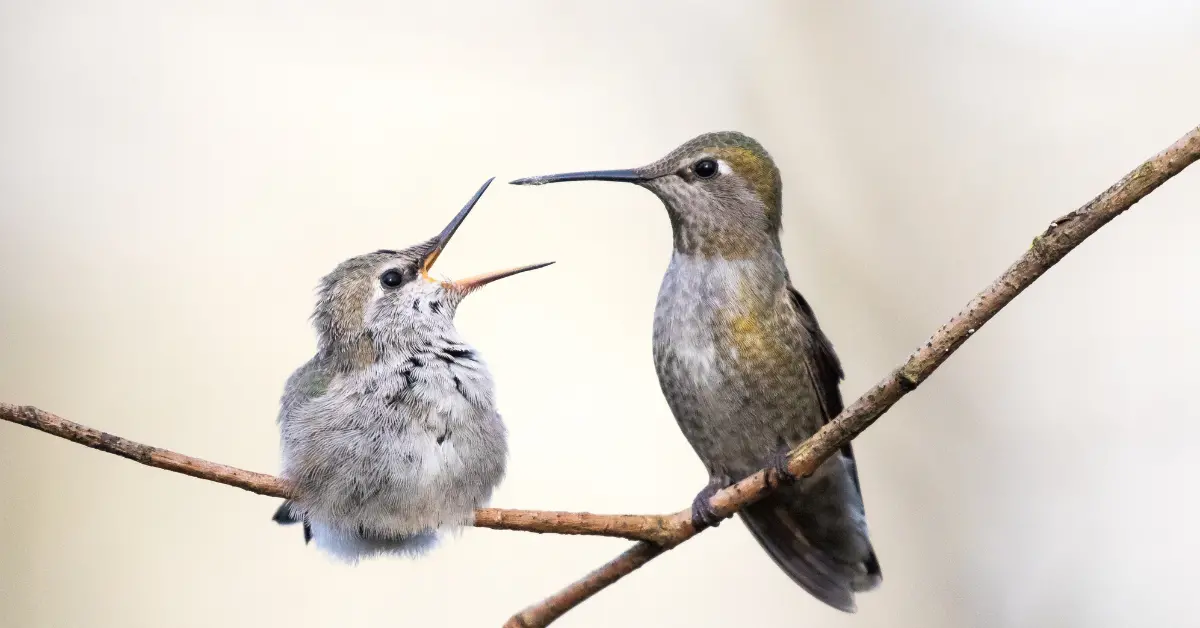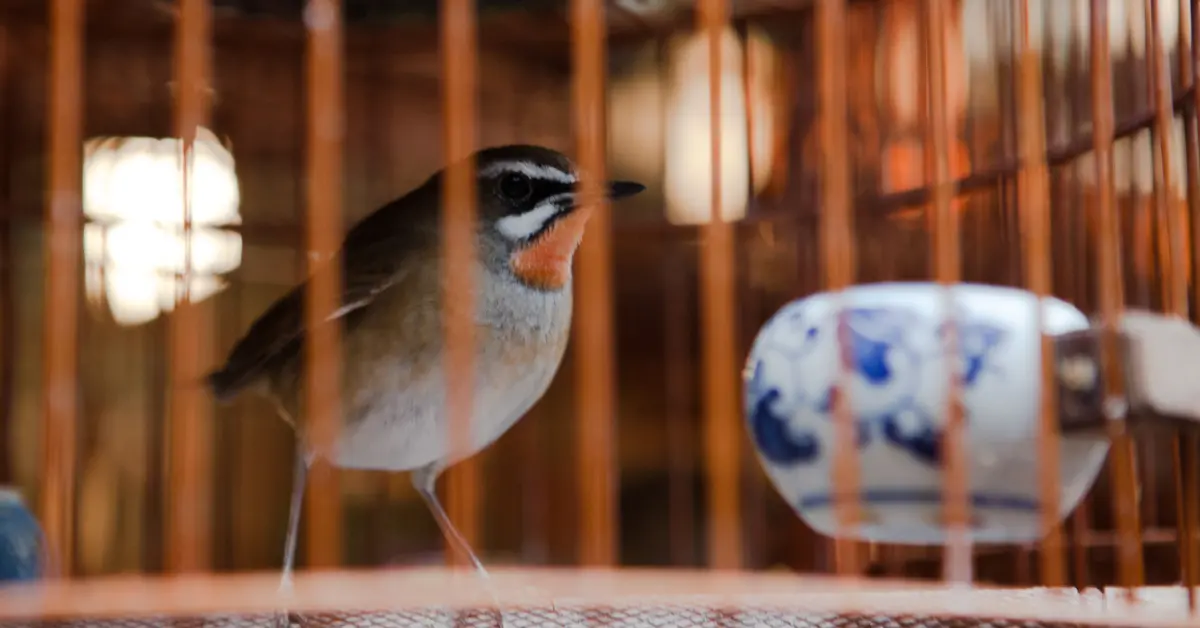Eurasian-collared doves look like chunky mourning doves with a black stripe on their neck. While they often appear in the same area as their look-alikes, their native ranges differ. So, are Eurasian-collared doves invasive?
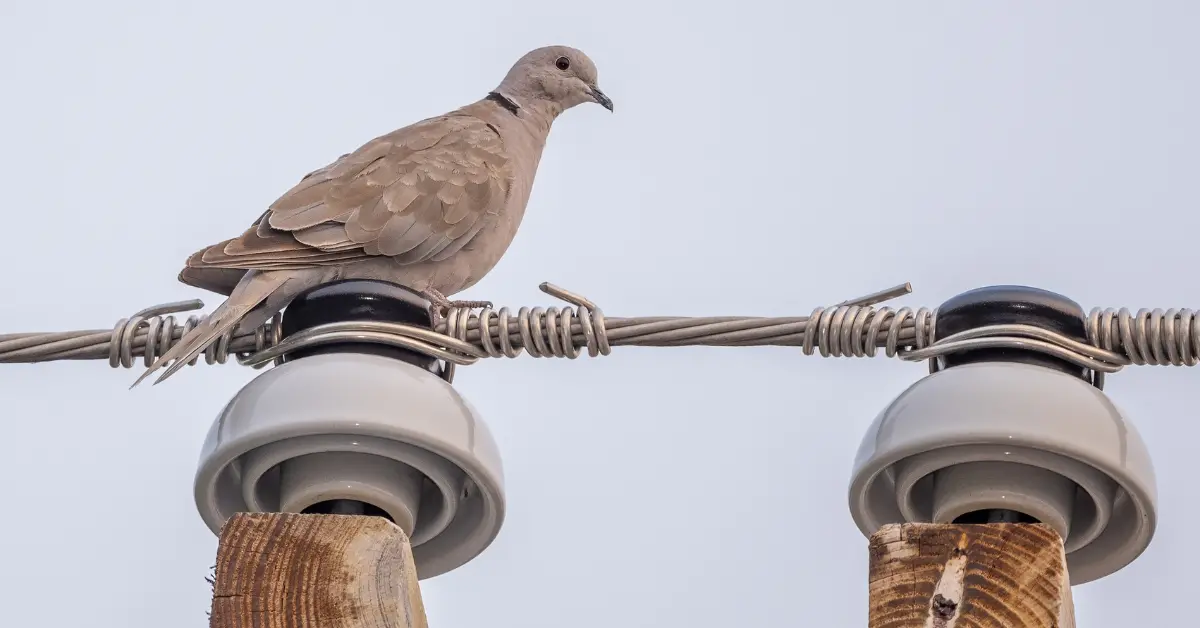
Eurasian-Collared Dove Identification
Eurasian-collared doves have solid gray/brown feathers everywhere except for a black half ring that’s on the back of their necks. They have plump bodies and small heads, but overall, they’re bigger than mourning doves. Males and females look identical, but sometimes, females have more brown coloring around their heads.
You’ll typically see these birds perched on trees, poles, and wires, where they make three-syllable “coo” sounds like mourning doves. They often gather at backyard bird feeders and other areas with spilled seeds.
Where are Eurasian-Collared Doves Native?
Eurasian-collared doves have a wide native range across Europe, Asia, and northern Africa. They’re frequently found in suburbs, farmlands, and open country.
Unfortunately, people introduced these birds to new areas outside of their native range. Of course, this isn’t the fault of the birds, but invasive species can have negative effects on native ecosystems.
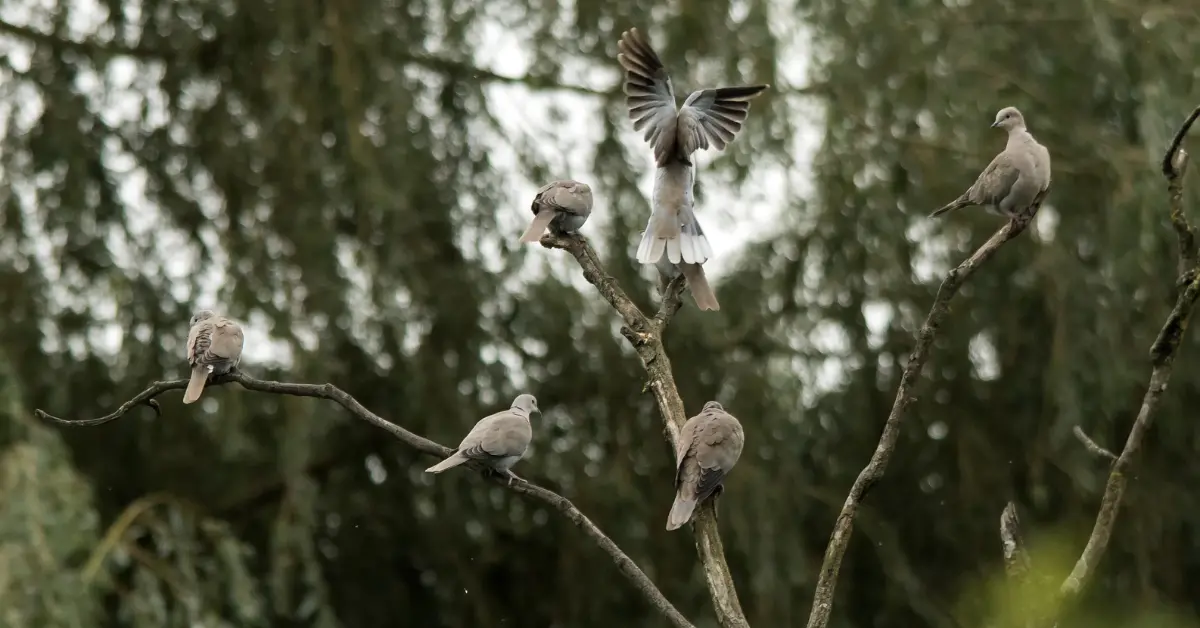
Where are Eurasian-Collared Doves Invasive?
These birds are invasive across North America, particularly from southern Canada through central Mexico. They don’t migrate, so they stay in the same area year-round.
People accidentally introduced the doves to new areas after some escaped a pet store in the Bahamas in the 1970s. They bred rapidly and spread across other areas of North America shortly after. The first documented evidence of them breeding in Florida occurred in 1982. Now, they’re common across most of the continent.
This is just one of the many invasive bird species in North America. Other common invasive species include European Starlings and Monk Parakeets.
Risks of Invasive Eurasian-Collared Doves
Eurasian-collared doves are beautiful birds, so most people don’t think much of it when they see them in North America. Yet, like with all invasive species, there are downsides to these birds living outside their native range.
Competition with Native Species
Invasive species commonly compete with native animals by taking food and nesting spots. The invasive animals need these items to survive just like any other creature, but as a result, they end up taking away essentials from native animals.

Eurasian-collared doves compete with many similar birds, such as other doves, which can cause the population of those species to decline if they don’t get enough resources.
Aggression Toward Other Birds
Not only do these birds take resources from native birds, but they may also act aggressively toward native species. People have observed these invasive birds scaring away smaller birds from feeding areas. If you have a bird feeder outside, they may become territorial and prevent native birds from accessing that food.
Agricultural Damage
These birds can be pests in agricultural areas. If they find a farm growing grains, they may feed on the seeds and damage the crops. They eat a wide variety of seeds, including wheat, corn, and millet. Since there are so many native species already eating seeds in the wild and at feeders, Eurasian-collared doves will eat seeds wherever they can find them, which isn’t always ideal.
Spreading Disease
When these invasive birds enter North America, they can bring diseases with them. They’re specifically known for carrying a disease-causing parasite called Trichomonas gallinae, which can cause inflammation in the lining of a bird’s crop and mouth. The invasive birds spread the parasites to other species when they visit feeders and birdbaths.

What Can We Do About Invasive Eurasian-Collared Doves?
While some areas of North America allow hunting and capturing of these non-native birds, many consider that inhumane. These birds didn’t ask to be moved to a new location, so they’re just living their lives like the native species. Luckily, there are efforts we can make to reduce the amount of harm the birds cause to the ecosystem without hurting any birds.
Prevent New Invasive Birds from Entering
Of course, the most important thing for people to focus on is ensuring more of these birds don’t enter the continent. Ships transporting products should make sure there are no animals aboard before leaving. Anyone that has pet Eurasian-collared doves should take precautions to ensure they don’t escape and never release them into the wild.
Keep Them Away from Feeders
Another option is to deter these doves from visiting bird feeders. That way, they’ll be less likely to spread diseases and scare off native species. Eurasian-collared doves primarily seek out spilled seeds. So, stick to seeds without shells so there will be less mess around the feeder. If bird seed still falls, clean up the ground around the feeder whenever you can.
Protect Your Crops
If you grow crops that are likely to be swarmed by invasive doves, you may have to take precautions to avoid damage. Setting up bird netting or predator decoys may discourage birds from feeding on your crops. With methods like that, you can deter unwanted birds without harming them.
Are There Any Benefits to Eurasian-Collared Doves in North America?
The benefits and downsides to Eurasian-collared doves in North America are still being studied. While it’s clear that invasive species have some negative impacts on ecosystems, they may offer some small benefits. Since they sometimes eat insects in addition to seeds, they may help remove pests. Having these birds around also means more food for native predators.
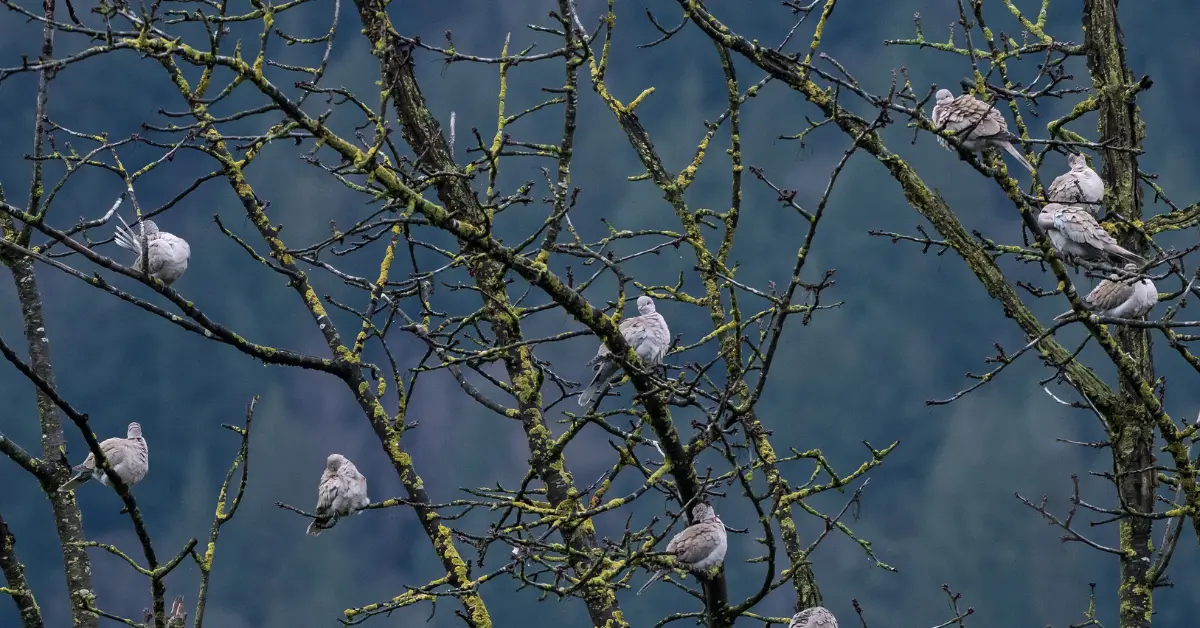
However, the risks typically outweigh the benefits for invasive species like this. Since these birds aren’t meant to be in North America, they can throw off the ecosystem’s balance, even though these birds clearly don’t mean any harm.
Eurasian-Collared Doves are Pretty but Invasive
Like other doves, Eurasian-collared doves are beautiful and fascinating to observe, but unfortunately, they’re invasive in North America. Set up bird feeders in a way that doesn’t encourage invasive species to gather, allowing native birds to be safer and well-fed.
Most importantly, make sure you’re never releasing pet birds into the wild, especially invasive species like this one. As amazing as birds are, it’s best for the ecosystem and the birds if they remain in their natural range.

